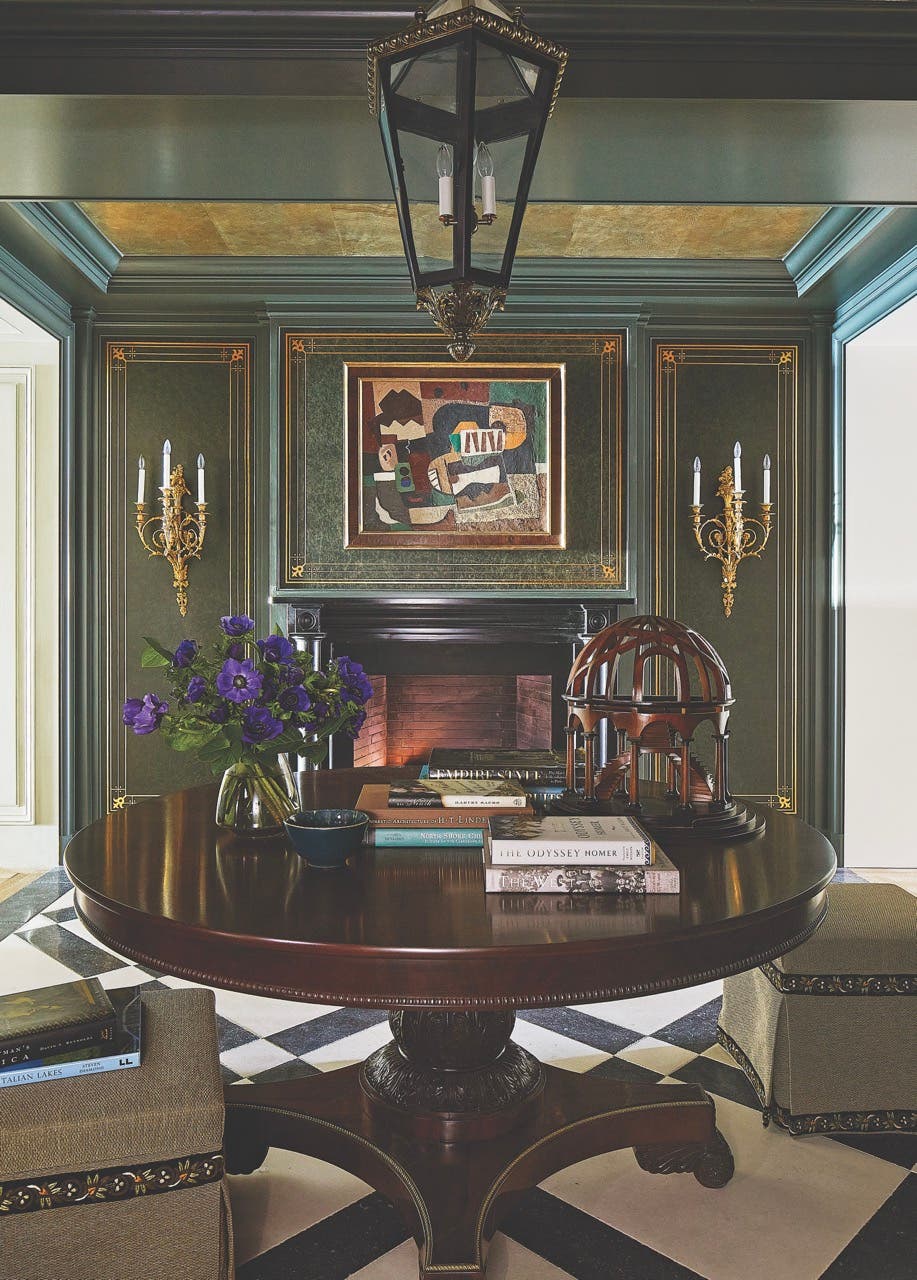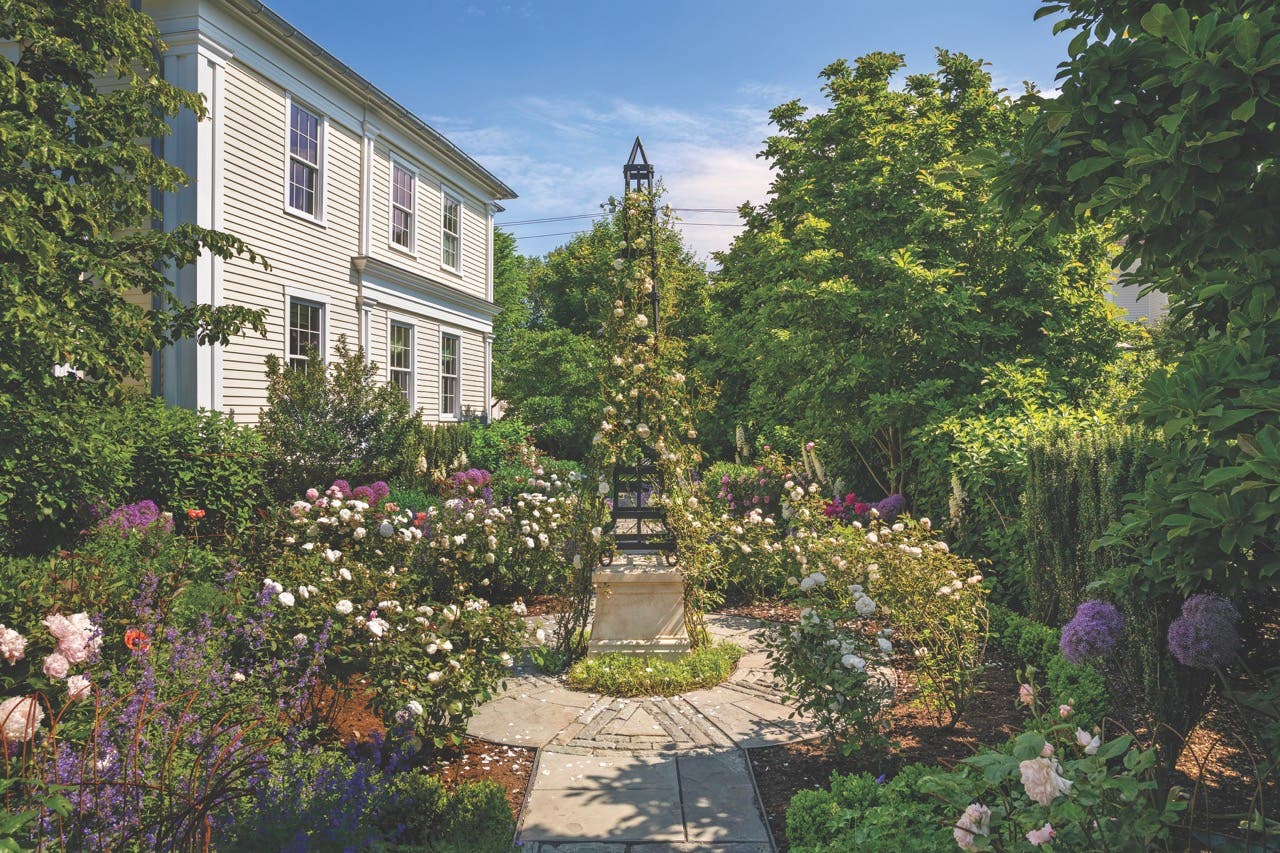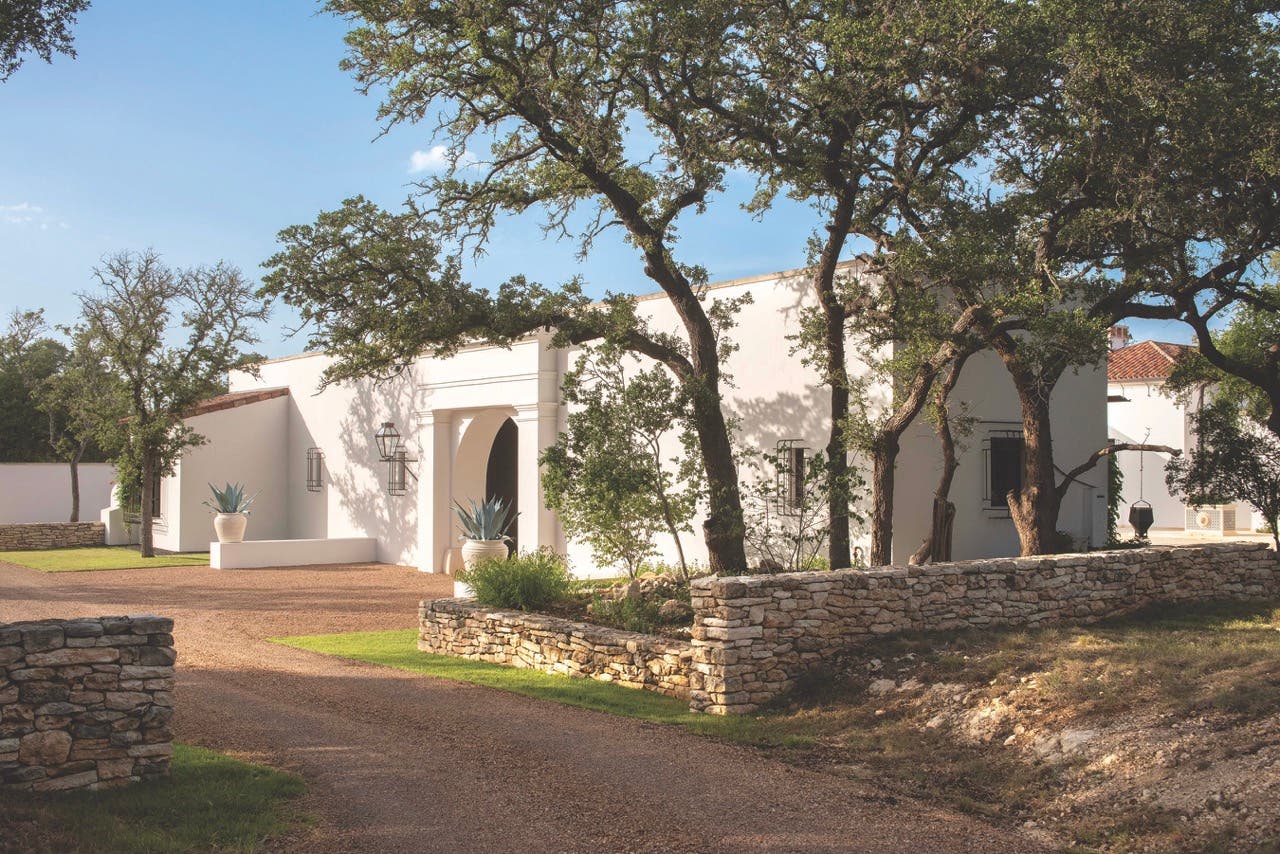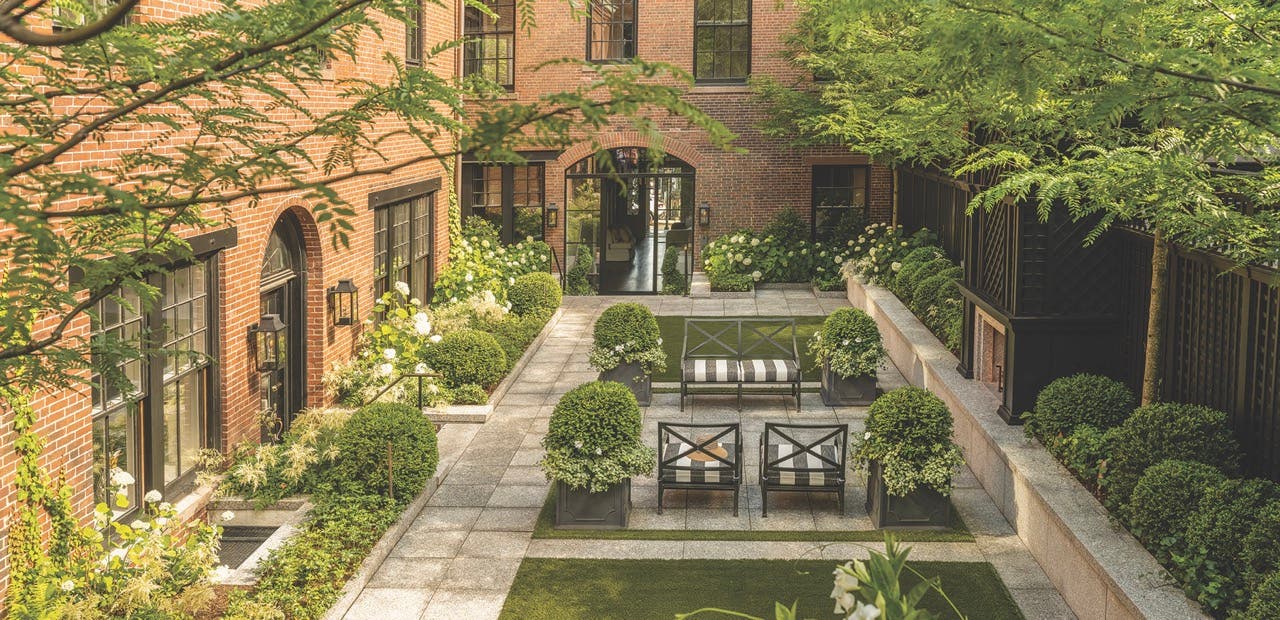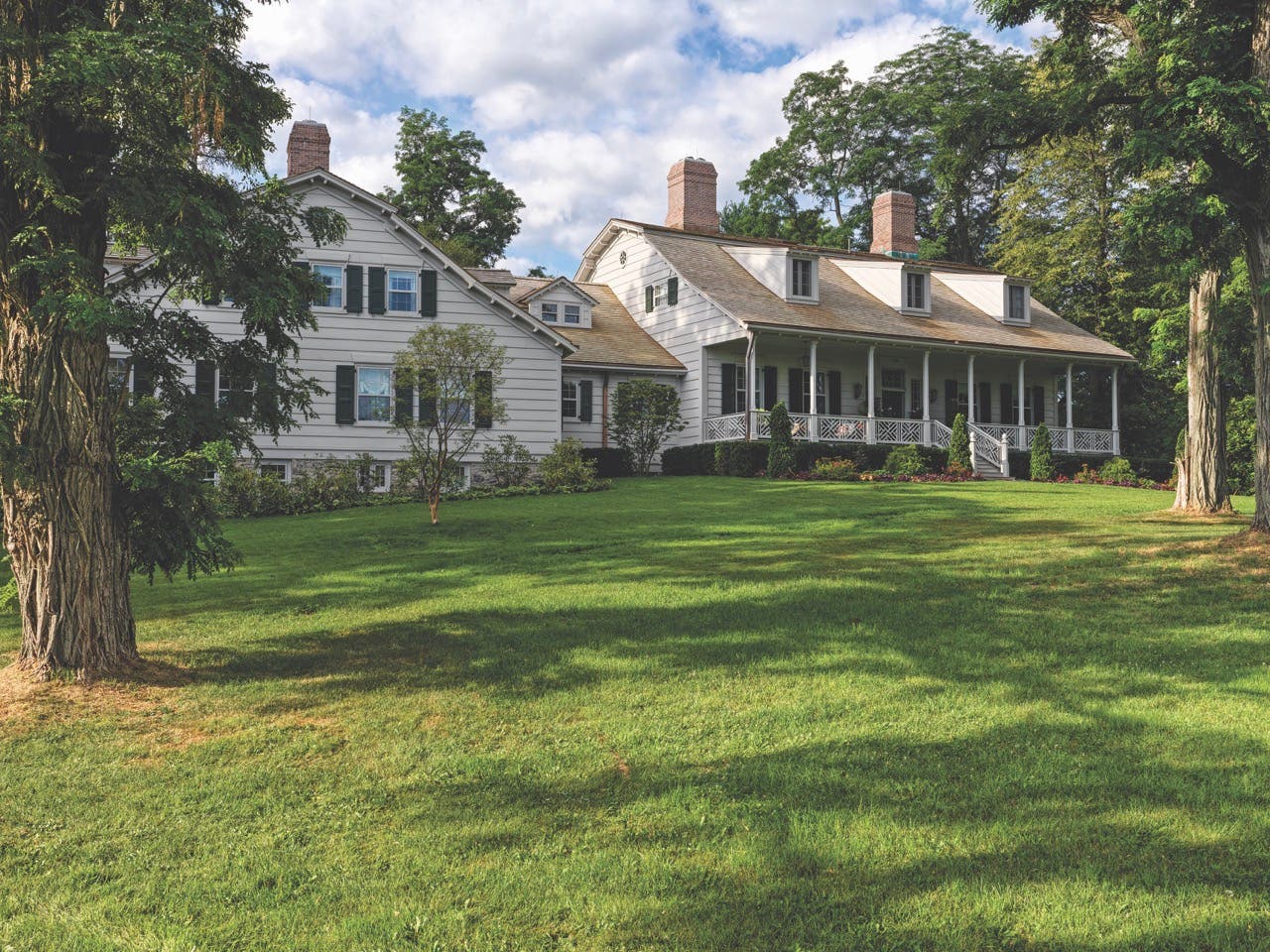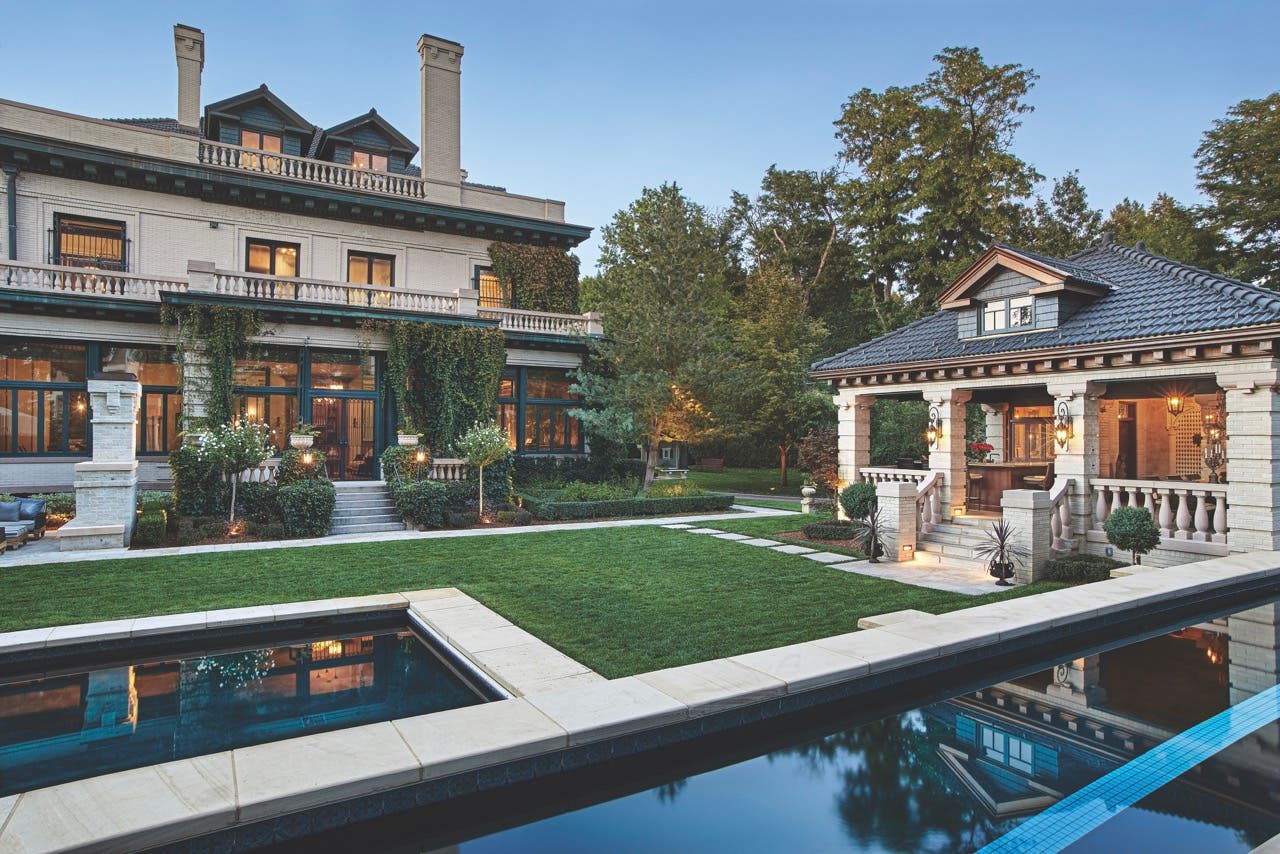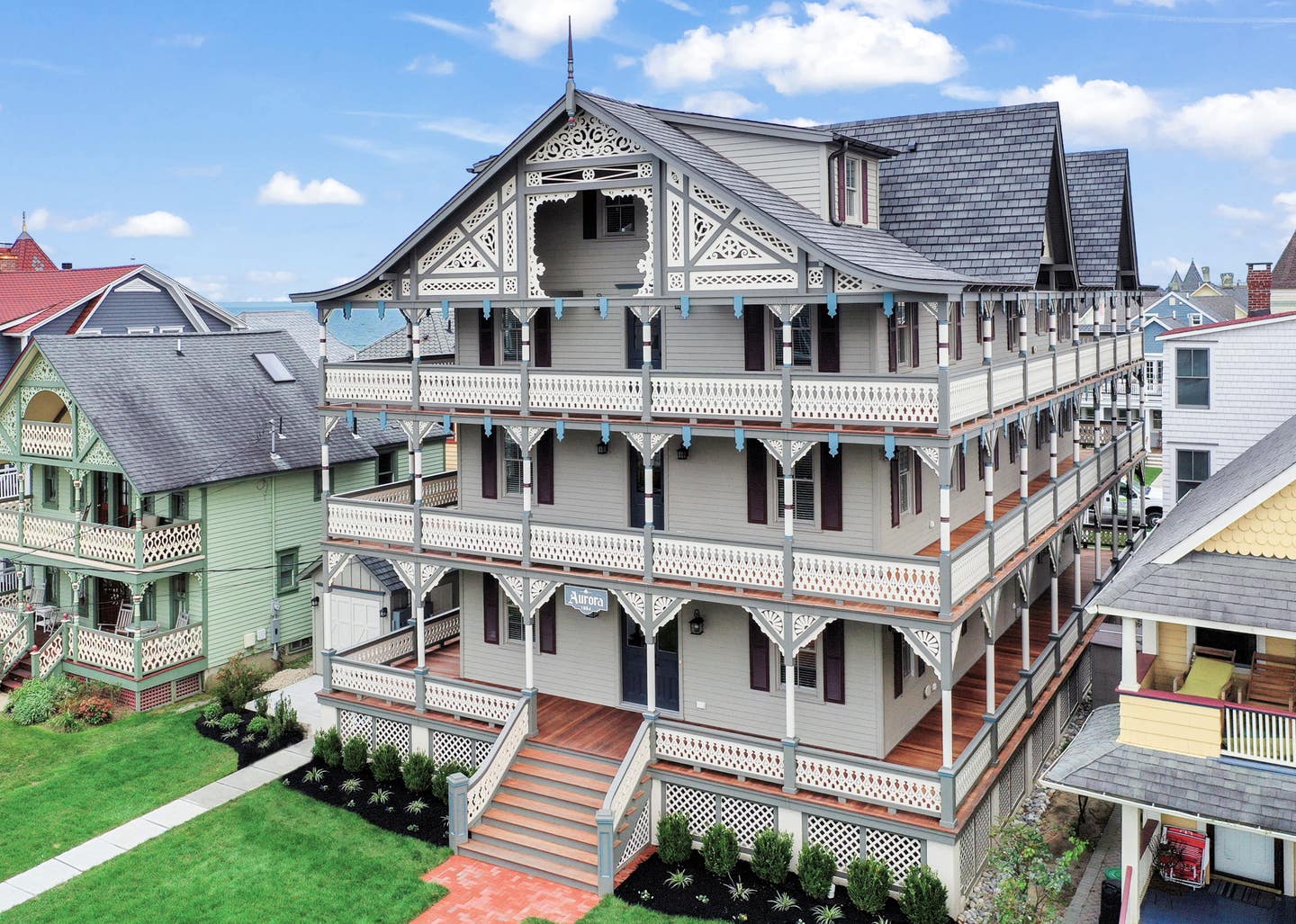
Palladio Awards
The Architect’s Studio: The Aurora
The Aurora has always had special standing: It’s the oldest major hotel in the Victorian-era Jersey Shore community of Ocean Grove and one of the three most significant structures in the iconic New Jersey resort town’s national historic district. And, perhaps most important, the landmark’s a longtime favorite of the locals.
Although it started out as a hotel that attracted the likes of 19th-century celebrities such as Mark Twain, Theodore Roosevelt, and Thomas Edison, in its later years, The Aurora served as a beach house for a single owner and 30 of his closest friends.
More than a century’s worth of harsh climate had taken its toll when developer Dave Pape, the owner/president of Old Forge Builders in Millstone, New Jersey, bought it in 2017 and commissioned architect Mark Alexander Pavliv, AIA, the managing principal of The Architect’s Studio in Ocean Grove, to come up with a plan to save the building and find a viable new use for it.
Time was of the essence because the building was literally falling apart. “The houses are very close together—the district encompasses only one square mile, and the lots are only 30 feet by 60 feet—and several of The Aurora’s posts had fallen onto a neighboring home,” Pavliv says. “I remember standing in the snow taking photos of it, and various ornamental pieces were falling like spears.”
Pavliv, whose team included project manager Eric Allen Cohen, AIA, proposed converting it into a luxury boutique condo development. “Pape loved the idea, and the local zoning board deemed it plausible,” Pavliv says, “but we had to get approval from the Historic Planning Commission.”

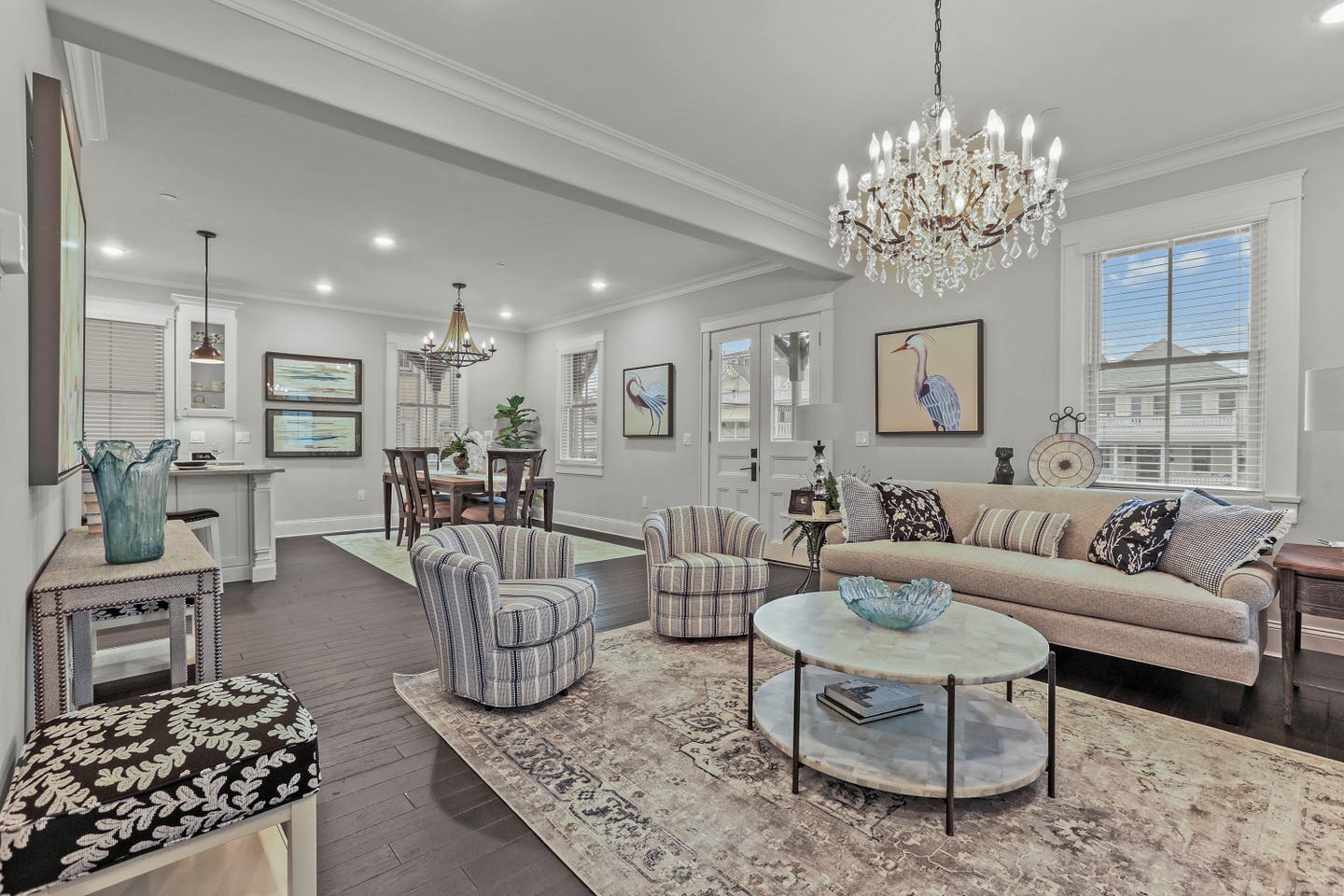
Working within the commission’s super-stringent guidelines, he adds, became the most challenging part of the project because, despite the poor condition of the building, the commission always strives to retain original and historically significant building details and avoid the introduction of synthetic materials in the restoration.
“This project took a long time—three years—because of all the permits and approvals we had to get,” Pavliv says. “And work was halted at one point, and I was summoned to appear in court, accused of building without permits because we determined that we had to replicate instead of restore the columns.”
Noting that it’s always a difficult call to decide how far back in time to take a historic building, Pavliv says that in the case of The Aurora, the team focused on how the five-story wood-frame Eastlake-style structure looked during the last half of the 20th century.
“Through the years, elements were added, and these were what people most admired even though they were not original,” Pavliv says. “We decided to keep them because that’s what the locals were familiar with and expected the building to look like.”
The Historic Preservation Commission agreed with that decision and issued an imperative to preserve one of The Aurora’s most distinctive features: the massive exposed decking of the covered porch.
“The Aurora is sited so that you have to look up at it,” Pavliv says. “And when you do, you see the underside of the decking. It’s almost symphonic and mesmerizing because of the repetition of the framing, and, even without the mandate, we were going to keep this feature because it was a significant aspect of the building envelope.”
To comply without sacrificing aesthetics, the design team developed a system of hidden ledger lock fasteners featuring wood dowels for the areas where the new rough-sawn treated timber replaced the original failed structural elements.
Although the interior and exterior doors were restored, the windows were replaced with solid-core two-over-twos, the columns were replicated and the clapboard siding was replaced and upgraded to meet fire codes, a major factor because the homes in the historic district are made of wood and are sited so close together.
The mid-20th-century fire escapes, which were unsightly, were removed from the exterior, and additional fire-safety measures, including interior firewalls between the condo units, were installed.
The renovation also allowed the team to discreetly position the new plumbing, electrical, mechanical, and energy-saving technologies so they didn’t detract from the building’s historic exterior.
The condo units at The Aurora sold quickly, and the building is, once again, the star of the seashore community.
“There isn’t a day that goes by that I don’t get a text or a message about The Aurora or hear someone talking about it,” Pavliv says. “The visual impact is a portal in time. People stand in the street and look at it, and it transports them back 100 years.”
KEY SUPPLIERS
ARCHITECT
The Architect’s Studio - www.springlakearchitect.com
DEVELOPER
Dave Pape, owner/president of Old Forge Builders
LEGAL COUNSEL PERMITTING AND APPROVALS
Ken Pape, Heilbrunn/Pape Law Office
LEAD PROJECT MANAGER
Tim O’Connor
PROJECT COORDINATOR
Gary Mangino
CARPENTRY SUPERVISOR
Ed Fletcher
MASTER CARPENTERS
Matt Burke and Art Nevin
ARCHITECTURAL MILLWORK
Glenn Hissam



